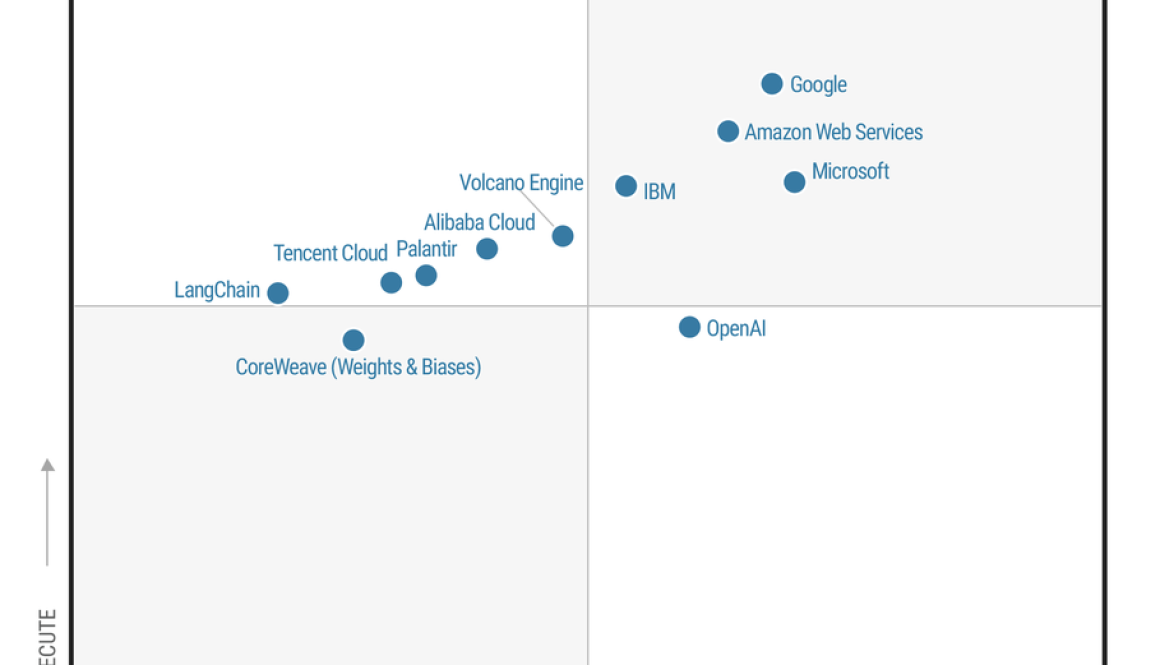GCP – A new Google Cloud region is coming to Türkiye as part of $2 billion investment
We are excited to announce plans to bring a new Google Cloud region to Türkiye, as part of Google’s 10-year, $2 billion investment in the country.
The establishment of this world-class digital infrastructure, in collaboration with Turkcell, marks a significant multi-year investment to accelerate digital transformation in Türkiye and cloud innovation across the region.
“The partnership between Google Cloud and Turkcell will further accelerate Türkiye’s digital transformation journey. It reflects the confidence of global technology leaders in the strength, resilience, and innovation capacity of our economy. By integrating advanced data infrastructure and next-generation cloud technologies into our digital ecosystem, this alliance will enhance efficiency and foster innovation across public and private sectors. Furthermore, it supports our long-term vision of strengthening digital sovereignty and positioning Türkiye as a regional hub for technology, connectivity, and sustainable growth.” Cevdet Yılmaz, Vice President of the Republic of Türkiye
“Our partnership with Google Cloud clearly reinforces Turkcell’s leadership in driving Türkiye’s digital transformation. This strategic partnership is more than a technology investment — it is a milestone for Türkiye’s digital future, accelerating our national vision by leveraging Google Cloud’s global technologies and unlocking opportunities for AI innovations. This collaboration gives our customers seamless access to Google Cloud’s cutting-edge capabilities. This new Google Cloud region will enable enterprises to innovate faster and compete globally. As part of this partnership Turkcell plans to invest $1 billion in data centers and cloud technologies.” – Dr. Ali Taha Koç, CEO, Turkcell
When it is open, the Türkiye region will help meet growing customer demand for cloud services and AI-driven innovation in the country and across EMEA, delivering high-performance services that make it easier for organizations to serve their end users faster, securely, and reliably. Local customers and partners will benefit from key controls that enable them to maintain low latency and the highest international security and data protection standards.
“Cloud technologies are a critical enabler of the financial sector’s ongoing digital transformation. With Google Cloud’s new region in Türkiye, Garanti BBVA will be able to strengthen its operational resilience while continuing to innovate by securely deploying artificial intelligence and advanced data analytics. This collaboration reinforces our commitment to delivering reliable, high-performance digital services to our customers, while ensuring that data sovereignty, privacy, and trust remain at the core of everything we do.” — İlker Kuruöz, Garanti BBVA
“As a global airline connecting Türkiye to the world, Turkish Airlines relies on high-performance, resilient technology to deliver an uninterrupted customer journey, 24/7. Google Cloud’s plan to launch a local region in Türkiye, combined with its global network, is a game-changer for our flight operations, passenger systems, and data-intensive applications. Having hyperscale cloud infrastructure closer to home ensures the low latency required to adopt advanced analytics, robust cybersecurity solutions, and future AI capabilities, accelerating our digital strategy and reinforcing our commitment to service excellence.” — Kerem Kızıltunç, Turkish Airlines
“Yapı Kredi is focused on continuous innovation and modernizing our core banking infrastructure to deliver a limitless banking experience to our customers. The planned Google Cloud region in Türkiye provides the robust, scalable, and secure infrastructure of a hyperscale cloud, which is necessary to power our advanced artificial intelligence and cybersecurity initiatives. This local presence will significantly enhance the performance and flexibility needed to support our growth and empower us to build the next generation of secure, digital-first financial products.” — Gökhan Özdinç, Yapı Kredi Bank
With 42 regions and 127 zones currently in operation around the world, Google Cloud’s global network of cloud regions forms the foundation to support customers of all sizes and across industries. From retail and media and entertainment to financial services, healthcare and the public sector, leading organizations come to Google Cloud as their trusted technology partner.
Key features of the Google Cloud region in Türkiye will include:
-
Advanced capabilities and technologies: The region will deliver leading Google Cloud services across data analytics, cybersecurity and digital business solutions. Google’s cutting-edge AI innovations will strengthen Türkiye’s digital ecosystem and enable enterprises and public sector entities to operate with greater efficiency, speed and security.
-
Uncompromising data sovereignty and security: The new region in Türkiye will benefit from our robust infrastructure, including data encryption at rest and in transit, granular data access controls, data residency, and sophisticated threat detection systems. We adhere to the highest international security and data protection standards to help ensure the confidentiality, integrity, and sovereignty of your data.
-
High performance and low latency: Serves end users across Türkiye and neighboring countries with fast, low latency experiences, and transfers large amounts of data between networks easily across Google’s global network.
-
Scalability and flexibility on demand: Google Cloud’s infrastructure is designed to scale easily with any business. Whether you’re a small startup or a large corporation, you can easily adjust your resources to meet your evolving needs.
Learn more about our global cloud infrastructure, including new and upcoming regions.
Read More for the details.











